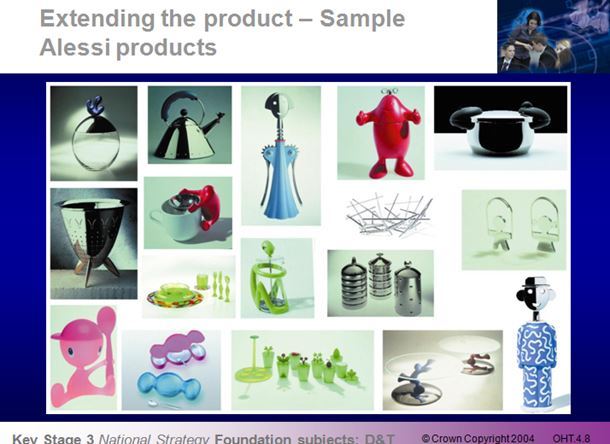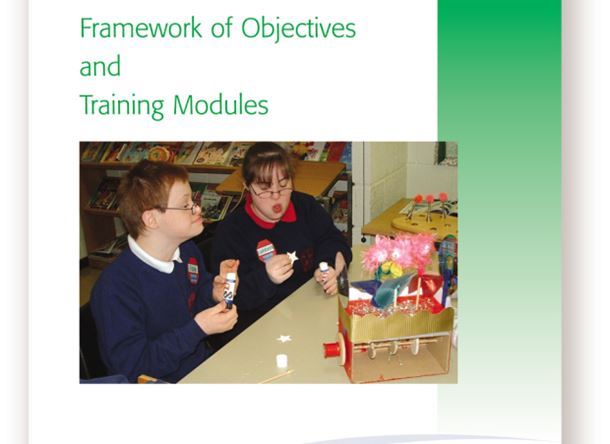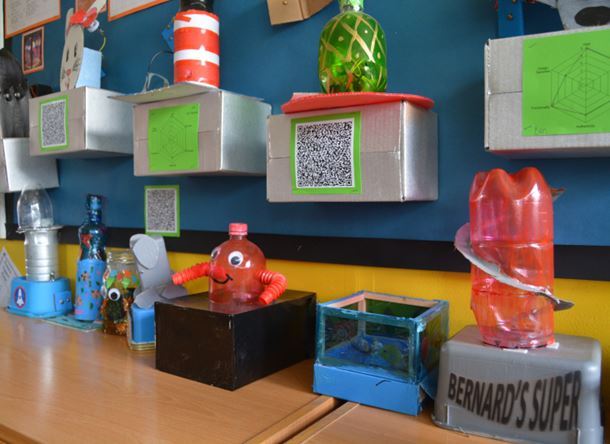Maximum number of pupils taught within Design and Technology workshops and studios
We are pleased to provide the following guidance regarding the number of learners in Design and Technology, taken from our publication: ‘Risk Assessment in Secondary Schools and Colleges Design and Technology Teaching Environments’ which can be purchased via the Resource Shop. Please reference the FAQ page.
BS 4163:2021 Health and safety for design and technology in educational and similar establishments – Code of practice states that:
‘In England and Wales, there should be a maximum of 20 learners with one competent, qualified teacher in any one work area.’
‘In Scotland and Northern Ireland, there should be a maximum of 20 pupils for all classes in practical subjects.’
The number of learners in any one work area should be carefully considered to ensure safe working and effective supervision and the Design and Technology Association publication does not attempt to set a maximum group size for design and technology lessons. The Association believes that only through risk assessments by professional staff can a valid judgement be made about class sizes. For example, there are occasions when group sizes of 12 to 14 should be a maximum because of the behaviour patterns of the learners or the work being undertaken. Thus this publication sets out an approach for schools to use to make assessments based upon local conditions.
Clearly, some of the risks will not be known when senior managers are allocating learners to groups in design and technology. In such cases the Design and Technology Association’s advice for groups engaged in designing and making is that under normal circumstances at Key Stage 3, groups up to 20 should be manageable and enable good learning experiences to take place safely. At Key Stage 4, groups of approximately 18 should be manageable and enable good learning experiences to take place safely. At post-16 level, group sizes of 16 should be manageable, the major challenge here is the complex project work and personal use that learners may make of dangerous equipment.
Employees are required by law to work safely. Whenever teachers are given responsibility for learners and a workplace this also includes a duty to provide and maintain a safe and healthy work place. The most common complaint from design and technology teachers is the size of the working groups they are expected to teach. They often explain that senior management who sort out notional class groups are generally unaware of the needs and demands of practical design-based work planned to suit the special situations of each work area. What may be an acceptable class size for a classroom based subject can create a source of danger to learners operating in a design and technology work area and cause additional stress for the teacher. A safe teaching and learning environment can be achieved where teachers are able to closely supervise hazardous activities and respond quickly to emergencies that might occur. This can best be achieved where classes are of reasonable size.
Determining class sizes will therefore require a professional judgement on the part of the headteacher in consultation with the head of Design and Technology, based on risk assessment. It must be remembered that anyone who identifies or observes a hazard and does nothing about it may be contributing to the possibility of an accident. It is important to plan ahead so as to avoid risk. One must never assume that a group of any size can be taught safely in Design and Technology areas. Decisions have to be thought through carefully and thoroughly. For instance, precautions should be observed in the case of learners who lack knowledge, experience or maturity or who have disabilities or behavioural disorders, especially when determining the appropriate level and nature of the activity. For example, learners with special needs may have poor co-ordination, lack of spatial perception, slow reaction times, variable levels of concentration, all of which affect performance and require close teacher support and guidance. Some learners may have limited knowledge of English and may not understand instructions. In these situations it would be unreasonable to ask a teacher to take charge of groups which contained the maximum number of 20 learners.
The BS 4163:2021 Health and safety for design and technology in educational and similar establishments – Code of practice contains a helpful framework to use when assessing group sizes:
‘Risk assessments should be carried out to determine the appropriate number of learners in the work area. Any adaptations required should be clearly documented’
The risk assessment should take the following factors into account:
a) The size and layout of the work area.
b) The size and number of items of furniture and equipment in the work area.
c) The type of activities carried out in the work area.
d) The age and ability of the learners.
e) The competence and experience of the teacher.
f) The extent of technician or other appropriate support.
g) Whether learners with special needs are present.
h) Whether there are learners whose first language is not English.
i) The behaviour of the learners.’
In relation to the overall size of rooms required for different Design and Technology activities, Section 5 in the British Standard Code of practice now provides a useful chart to enable schools to calculate the recommended number of learners for particular teaching spaces.
The British Standard Code of practice goes on to note that:
‘If the number of learners in a teaching area exceeds the number for which the room was planned, or creates unsafe working conditions, the employer may be held liable under the Health and Safety at Work etc. Act 1974 for failing to provide safe working conditions.’
The Design and Technology Association publication, ‘Risk Assessment in Secondary Schools and Colleges Design & Technology Teaching Environments’, section 11, provides a procedure and a template for carrying out a risk assessment to provide a safe working environment by assessing four categories which make up the overall environment in which we teach design and technology.
The Design and Technology Association recommends that the risk assessment should be undertaken by an experienced member of the Design and Technology department, e.g. the head of department, working alongside a member of the senior management team of the school, e.g. the member of the SMT who is the closest link to the department.
Completion of this process should demonstrate whether or not a Design and Technology teaching environment meets health and safety regulations and hygiene guidelines, in order to ensure safe working conditions, and whether as far as possible, potential hazards are controlled or eliminated. The assessments should help to overcome or minimise the risks, improve the quality of teaching and learning and make the best use of the resources available. This systematic approach will allow governors and headteachers to acknowledge any identified issues and to deliberately adopt ways of tackling the problems.
An individual workshop ‘licence’ which relates to the above criteria and specifies the maximum number of learners allowed to attend and work on design and technology projects within individual rooms could then be agreed. This would help to ensure a safe working environment and allow the teacher to closely monitor and supervise the practical activities and respond to emergencies.
Where a solution cannot be identified, then those involved should, through discussion, make every effort to agree to consult external agencies, which may include the LA Health and Safety Adviser and/or an Education Adviser/Consultant for information and guidance. It should then be possible to reach a solution in order to avoid unsafe practice and hazards or lack of opportunity to the National Curriculum Design and Technology entitlement through inappropriate group sizes.
NB
There is often an assumption that because an issue is described as ‘advice’ or ‘not mandatory’ that employers and employees can regard them as ‘optional’ or indeed ignore them. Where a formal, written risk assessment has been carried out in accordance with HSE and other professional requirements, proper regard and action needs to be taken as appropriate to the level of risk identified. Should an employer or employee fail to do what is reasonably practicable and an accident or incident occur which may be found to be partially or wholly contributory to any injury sustained, they may be found culpable.
Join Now
Design and Technology (D&T) is the inspiring, rigorous and practical subject which prepares all young people to live and work in the designed and made world.
We are focused on giving you the tools, knowledge and information you need to become more effective, more experienced and more efficient. Giving you access to expert opinions. And creating a place where you can air your views, ask your questions and so help make a difference to your life and those of your pupils. We want to hear from you. We want to know how we can help. And we want you to join us.






